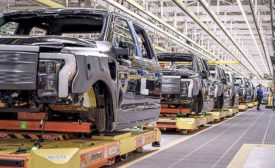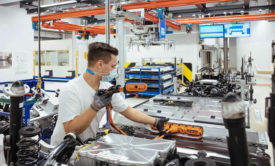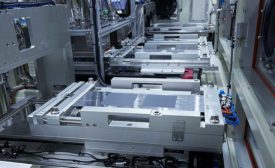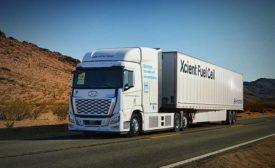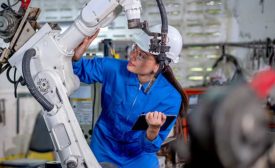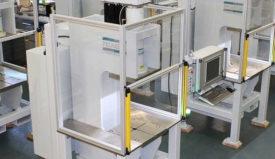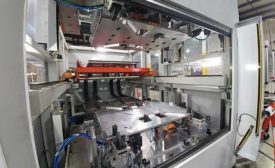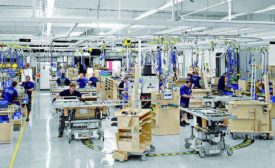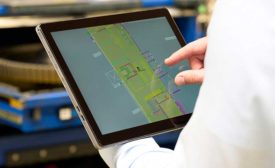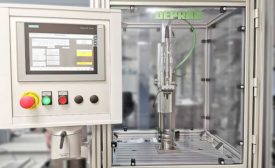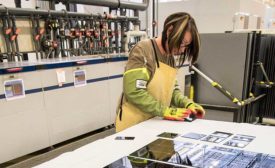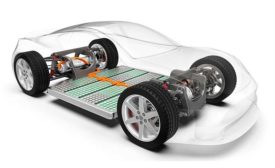Home » Publications » Assembly eMagazine
Assembly eMagazine
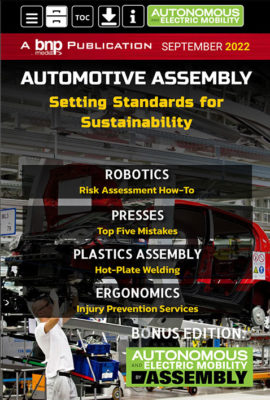
2022 September
Cover Story
Back to TopFeatures
Back to TopHow to Speed Up EV Cable Assembly
Automation can improve wire processing quality and throughput.
September 26, 2022
The Next Big Breakthrough in EVs
Solid-State Batteries Emerge From the Lab
September 23, 2022
Powerboats Go Electric
Battery power promises to transform the personal watercraft industry.
September 21, 2022
How to Conduct a Robot Risk Assessment
Whether the application involves a standard robot or a cobot, engineers must do a risk assessment to identify potential hazards.
September 6, 2022
Common Mistakes With Presses
Here’s a look at the most common mistakes made with presses—and how to avoid them.
September 8, 2022
What’s New With Hot-Plate Welding
Hot-plate welding produces strong, leak-tight joints in plastic assemblies with complex geometries.
September 13, 2022
Addressing the Labor Shortage Starts With Safety
Injury prevention services can help manufacturers hire and retain skilled workers.
September 15, 2022
Columns
Back to TopGet our new eMagazine delivered to your inbox every month.
Stay in the know on the latest assembly trends.
SUBSCRIBE TODAY!Copyright ©2024. All Rights Reserved BNP Media.
Design, CMS, Hosting & Web Development :: ePublishing
